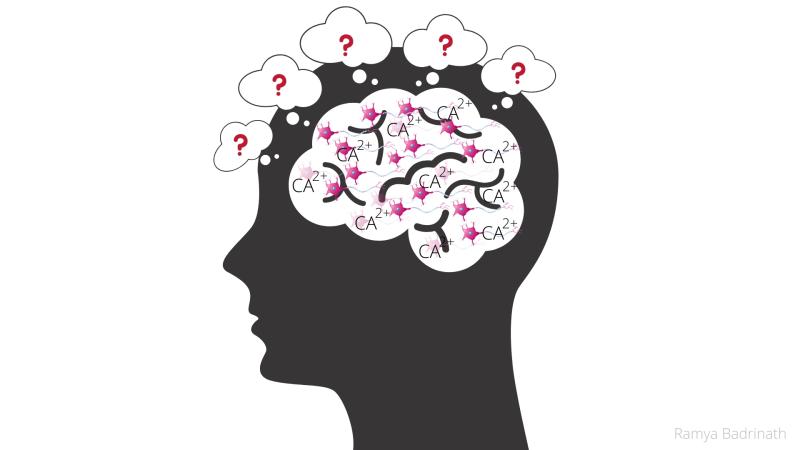
Every day, our brain sees a frenzy of activities. Imagine what its storage capacity would look like if it had to remember a wide variety of things—from where you parked your car in the parking lot to your long 'forgotten' lesson on calculus from high school. The nerve cells, or neurons, in our brain modifies itself in response to experience or injury, paving the way for storing new information.
The nerve cells communicate with each other through a junction called synapse. The presynaptic neuron, which transmits the signal, sends it to the receptors of the postsynaptic neuron. When you learn a new skill, like driving a car, a specific pathway of neurons is activated in the brain, and each time you drive, these synapses are 'strengthened', thus integrating the information. In the process, the number of receptors increase making the process a whole lot faster.
However, if the synapses are strengthened only due to continuous stimulation, the target neurons start to fire too much. As a result, their ability to change reduces, preventing the formation of new memories. Similarly, synapses that are never used will deteriorate and can't be used either. Thus, there would be a storage limitation in the brain. In reality, however, the brain must have mechanisms to prevent this 'runaway strengthening' so that synapses can be reused.
In a recent study, researchers from the Indian Institute of Science Education and Research, Pune, have shown that the release of calcium from the neurons in specific synapses promotes their reuse. The study, published in the Journal of Physiology, was funded by the Wellcome Trust-DBT India Alliance and Science & Engineering Research Board, India.
Strengthened synapses have an additional intracellular organelle called the endoplasmic reticulum (ER) in the postsynaptic neuron. Among other functions, the ER regulates the amount of calcium in the cells. Since the receptors in a synapse rely on calcium from the outside environment for signalling, the researchers asked if the ER in the neurons, which are part of a strengthened synapse, played a role in memory storage.
The hippocampus is an area in the brain that plays a crucial role in the formation of memories. It is present in the temporal lobe of each hemisphere. Because its shape looks like a ram's horn, its four regions are called Cornu Ammonis (CA) 1, 2, 3 and 4, where 'cornu' means horn and 'Ammonis' refers to the Egyptian god Amun who has a ram's head. The neurons in CA1 are involved in the creation, consolidation, and retrieval of memories formed in the hippocampus.
The researchers of the current study devised a framework to study the changes in CA1 and characterized the calcium elevation driven by synaptic activation in the presence of an ER. They found that the ER modulates the changes in the synapses and selectively promotes the weakening of synapses.
"The actual coding of information takes place at individual synapses," explains Dr Suhita Nadkarni, the lead author of the study. "However, precise single-synapse measurements are difficult, and therefore, most past studies have measured the average properties of groups of synapses. Since this approach does not reveal critical differences in the properties among individual synapses, we built a biophysically detailed computational model," she explains.
The researchers found that the ER tunes the amount of calcium released at the synapse, and thus regulates changes in synapse strength. As a result, the ER provides a braking mechanism to decrease runaway strengthening. Though the ER is rarely observed in neurons at weak synapses, they are present in many strong synapses, signifying their ability to be reused.
Recent studies have shown that some mutations, linked with a higher risk for Alzheimer's disease (AD), occur in genes that code for proteins involved in the ER's calcium regulation. An anomaly in the working of the ER could lead to calcium not being regulated, thus affecting memory formation. The findings of the current study can help to understand how specific changes in the ER's calcium regulation affect memory formation in individuals with Alzheimer's.
"The basic properties of the networks, like their capacity for storing new memories, are likely to be significantly different when the effect of ER on synaptic plasticity is included," says Dr Nadkarni. "A potential future direction would be to ask how synapses with an ER affect learning and memory storage in networks," she signs off.
This article has been run past the researchers, whose work is covered, to ensure accuracy.






